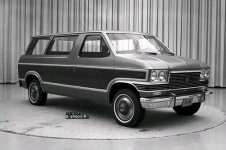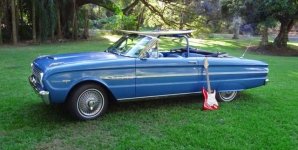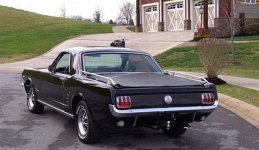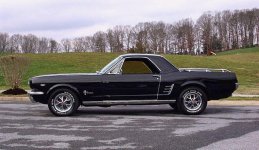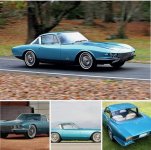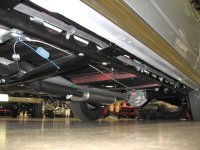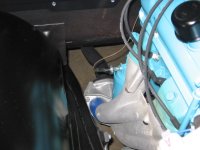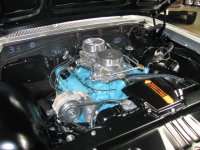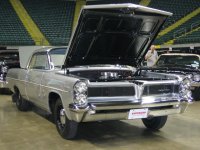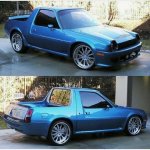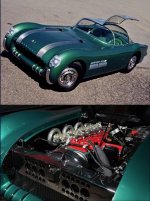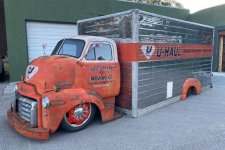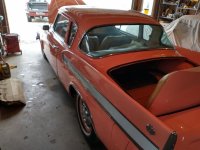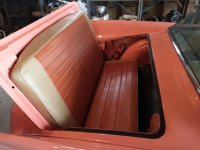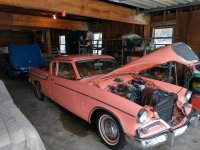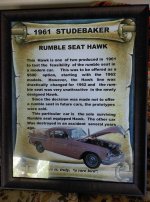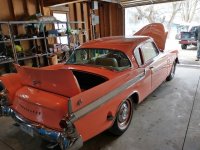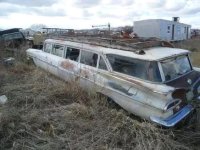click to enlarge
Ford's initial idea for a minivan ... 1973 Ford Carousel.
Still based on a E-Series full-size van, but much smaller. 460cid V8.
Henry Ford II refused to approve it so both Lee Iacocca and Hal Sperlich re-introduced the minivan idea when they left Ford and went to Chrysler ... and the rest is history.
Ford's initial idea for a minivan ... 1973 Ford Carousel.
Still based on a E-Series full-size van, but much smaller. 460cid V8.
Henry Ford II refused to approve it so both Lee Iacocca and Hal Sperlich re-introduced the minivan idea when they left Ford and went to Chrysler ... and the rest is history.


